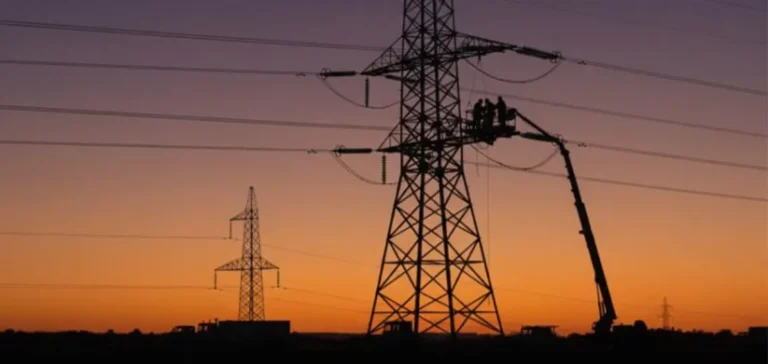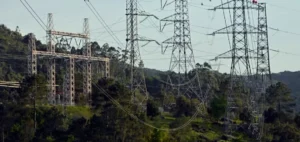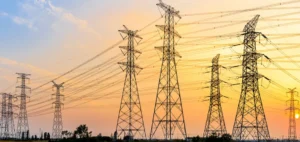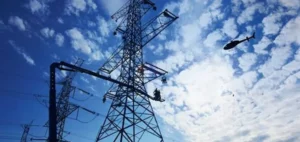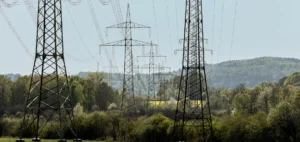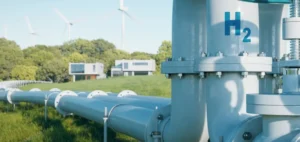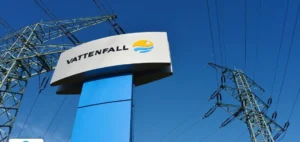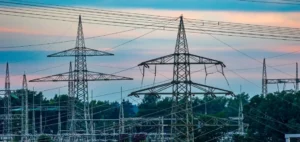Deep-tech company Prisma Photonics announced it has closed a $30mn growth funding round, bringing its total capital raised to $80mn. The oversubscribed round was led by Protego Ventures, with participation from Adara Ventures and the investment arm of a Latin American power transmission operator.
A technology deployed across transmission networks
Headquartered in Israel, Prisma Photonics converts existing optical fibre infrastructure into large-scale sensor networks through its AI-powered Hyper-Scan Fiber-Sensing™ platform. The system is already operational across several thousand kilometres of critical infrastructure worldwide, including 15 Tier-1 Transmission System Operators (TSOs) in the United States and Europe.
This solution enables real-time detection, classification, and localisation of events across hundreds of kilometres with metre-level accuracy. It is used for perimeter intrusions, grid congestion, wildfire threats near high-voltage lines, and remote border surveillance. The system’s performance improves continuously as more data is gathered across various deployments.
Strategic expansion into Latin America
The funding will support Prisma Photonics’ continued growth in the United States and Europe and facilitate its expansion into Latin America, where transmission operators are modernising ageing infrastructure while integrating renewable energy sources.
The company’s technology aims to meet growing demands for infrastructure reliability and resilience, in a context marked by climate risks, geopolitical instability, and evolving energy systems. By leveraging optical signals from existing fibre, Prisma Photonics’ system generates actionable intelligence without the need for new sensor installations.


